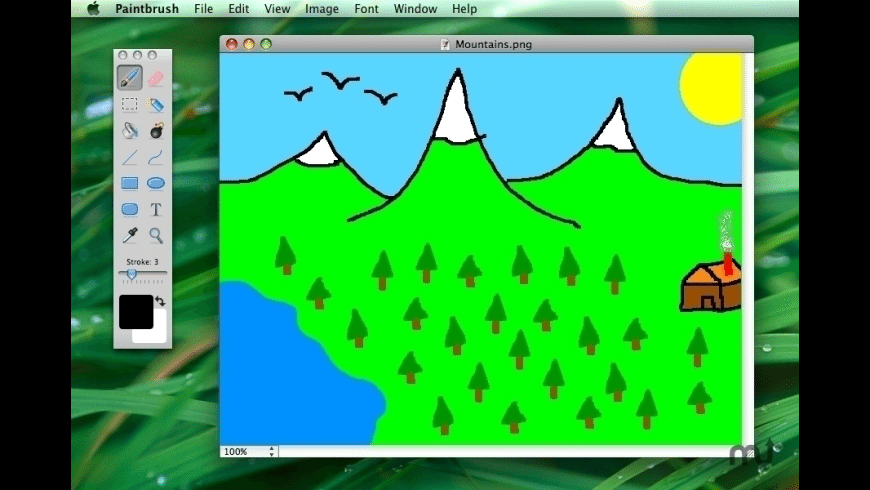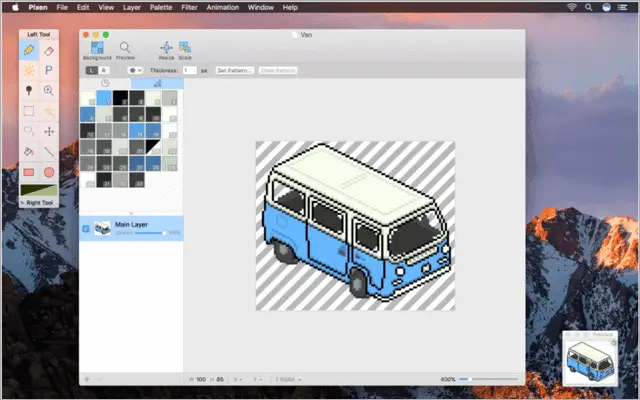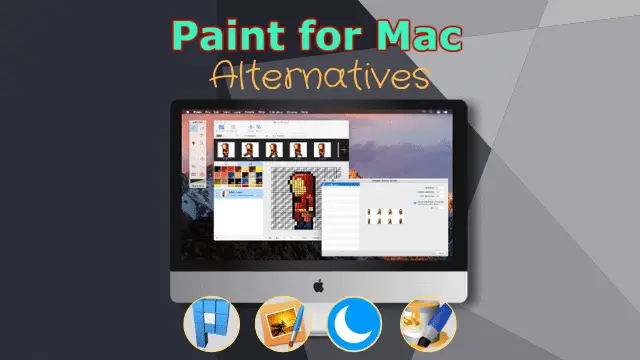

The Text tool inserts a text box to the center of your image. Adjust the overall size using the blue handle and the magnification using the green handle. There’s also a magnifying feature called Loupe to zoom in on something specific. The Shapes tool lets you add shapes - rectangles, circles, speech bubbles, and stars - directly to an image.

It also includes the ability to resize photos. The next button group mostly relates to adding specific shapes and text. Draw, on the other hand, relies on a Force Touch trackpad to capture various stroke widths. Sketch also doesn’t register varying line widths. Keep in mind that Sketch is different than Draw in that it automatically corrects lines unless you select otherwise - Draw doesn’t do that. If you don’t like the correction, an option to eradicate it appears in the bottom-left corner. … quickly becomes smooth, as shown below. A rough circle like this … Kevin Parrish/Digital Trends Preview will even automatically tidy up your sketch.įor example, if you attempt to freehand a circle, the application automatically smooths the curve.

If all you want is to quickly draw something on top of your existing image, Sketch is what you want. The Sketch tool allows you to draw freehand. Next, the Instant Alpha tool lets you click an area of the image to “magically” select an entire region of a similar color. Two additional lasso tools cling to shapes as you select an area. There’s the standard rectangle for selecting an area, along with an elliptical selection tool. Here, you can select a portion of the image to move or edit. It controls what mode your cursor is in, with four individual options. Selection Tools is the first tool on the left. However, read on for a quick rundown of each tool, starting from the left. The other tools should be fairly obvious if you’ve ever used an image-editing app. Changes are saved as you go, so if you want to keep the original image intact, consider making a copy of the image to edit before diving in. If all you want is to quickly draw on your image, click the Pencil icon and get to it. As shown below, it’s located immediately left of the search field. With the Preview app open, click the Markup button, resembling the tip of a pen inside a circle. If the image only appears in the Photos app, right-click on the photo, select Edit With on the pop-up menu, then click Preview. Use Finder to locate the image you want to edit in Preview. We also used MacOS in Dark Mode - and a fluffy kitten. All the functions are still the same, but the presentation is slightly different. Note: The screenshots provided below are based on MacOS Big Sur.
#Paint for mac software how to
We’ll also go over how to use the built-in tools, and if you’re looking for something simpler, we’ll go over one-for-one Paint replacements you can download. Read on to find out how to enable the paint features hidden on your Mac. These tools are more for annotating and highlighting photos and other files rather than creating new pieces of artwork. Keep in mind that Preview doesn’t allow you to create new artwork from scratch like Microsoft’s Paint - there’s no blank canvas. Most people don’t know these features exist because they’re hidden behind a button they never think to click. It doesn’t mirror Microsoft Paint, but it has a few editing tools, like drawing, adding text, and inserting shapes. However, Apple’s default app for opening images, PDFs, and other files - called Preview - comes close. For MacOS, there’s no native equivalent, whether you’re running the latest version or an older one.
#Paint for mac software windows
Since 1985, Windows has always shipped with a basic image-editing program: Paint.


 0 kommentar(er)
0 kommentar(er)
